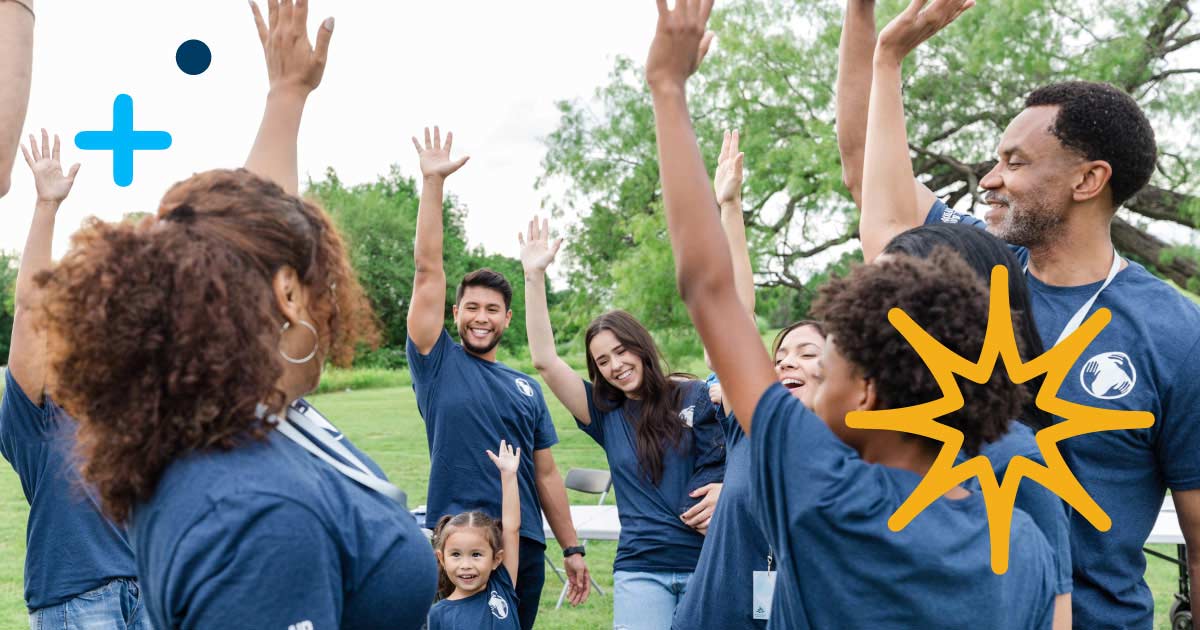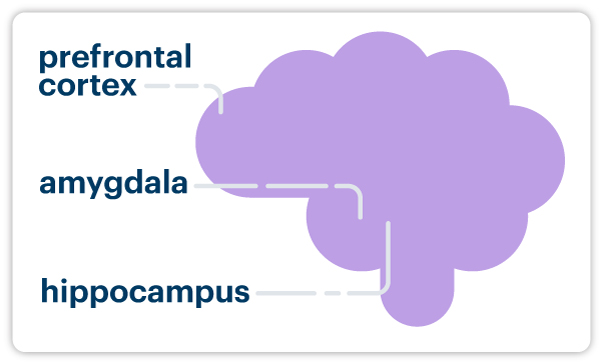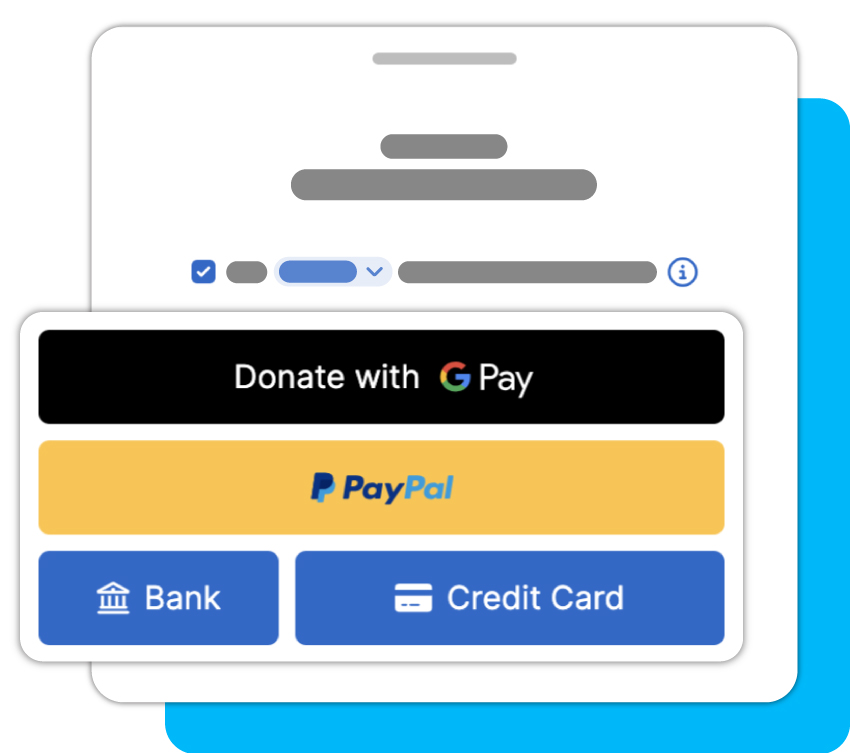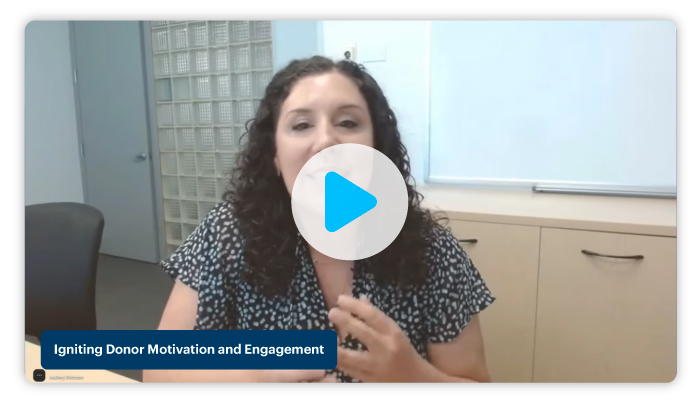Nonprofit Technology & Fundraising Blog
Subscribe to our mailing list

June 26, 2024 | Donor Engagement, Storytelling
Contributed by nonprofit coach, author, and speaker Mallory Erickson
When it comes to how to better engage and connect with your donors, there’s a lot of noise. But I’m here to cut through the clutter and let you know that at the core of successful fundraising is always motivation. It’s not just about that one-time donation; it’s about cultivating a connection that makes donors eager to continue supporting your cause. By breaking down the different types of donor motivations and exploring how to leverage them, we can build authentic relationships that will significantly and sustainably enhance our fundraising efforts.

Understanding the structure and function of the brain holds the key to unlocking strategies that truly captivate your donors. Although each region of the brain has a specific role, they’re fueled by potent neurotransmitters like dopamine, serotonin, and oxytocin to work together to act as the command center of motivation.
The prefrontal cortex is integral to motivation by enabling goal-oriented behavior, decision-making, self-regulation, and adherence to social norms. Its complex interplay with other brain regions ensures that motivation is effectively translated into action. It also works closely with the nucleus accumbens, which drives the brain’s reward processing system to ensure that motivational states impact goal-directed actions effectively.
The amygdala also has an important role in keeping this motivation machine running, as it processes emotions and seeks to achieve positive outcomes and avoid negative ones.
Finally, the hippocampus is primarily known for its role in memory formation and spatial navigation, ensuring that motivation is informed by past experiences and adapted to current contexts, which leads to more effective and goal-oriented behavior.
With this knowledge, it becomes clear that coordinating fundraising campaigns with the brain’s circuitry enables you to initiate donor engagement and sustain donor motivation over time.
In the initial stage of inspiring someone to give, it’s important to ignite motivation by focusing on immediate impact, real urgency, emotional appeal, and ease of giving.
First, start with what’s happening right now. If you can show a potential donor the immediate impact of their donations by highlighting an urgent need and setting specific goals, they can visualize the immediate outcome which motivates them to act.
Next, share powerful impact stories that connect the donor to the cause and create a personal bond. This triggers strong emotional responses, making them more willing to contribute.
Lastly, consider the donor experience and reduce barriers to make their giving effortless. With a simple and easy donation process and instant acknowledgement and reward, donors receive immediate gratification and feel motivated to give again in the future.
For example, DonorPerfect offers integrated online forms and donation processing so that no gift or donor slips through the cracks – everything is in one place and easy to manage. Plus, DonorPerfect Online Forms have digital wallet capabilities, allowing donors to make payments in seconds using Venmo and PayPal or Apple and Google Pay.

We don’t just want to spark motivation once and then move on. Keeping your donors motivated is all about fostering lasting relationships by opening doors for connection, sharing a vision they can relate to, and expressing gratitude in meaningful ways.
When you communicate regularly and personally, you’re doing more than just updating them. You’re activating the brain’s prefrontal cortex and sparking the release of oxytocin – a hormone that strengthens social connections and builds trust. But, you’re also inviting them to be part of your journey! Providing opportunities for donors to engage, such as volunteering or participating in events, can stimulate the brain’s reward pathways, fueling a desire to keep doing good. Plus, what you say is as important as when and how often you say it. Your messages should strike a chord with their values, activating the brain’s prefrontal cortex and strengthening their innate desire to stay on board.
Furthermore, authentic and transparent communication goes a long way in proving that their trust is well-placed. Recognizing their contributions publicly and privately triggers endorphin release, lifting their mood and inspiring them to keep supporting your cause. In addition, consistent communication soothes cognitive dissonance, builds trust, and reinforces bonds, offering a powerful blend of psychology, communication, and genuine gratitude.
To effectively connect with donors and create lasting relationships, it’s essential to understand the different drivers that motivate them. These drivers can be categorized into emotional, social, psychological, and rational motivations. By recognizing the nuances of each type and tailoring your strategies accordingly, you can create deeper and more lasting connections with your donors. Whether you’re part of a small, medium, or large nonprofit, these strategies will help you spark initial interest and sustain long-term donor relationships.
Below, we’re offering both high-level concepts and specific implementation recommendations based on the size of your nonprofit. While any organization, regardless of size, can implement these strategies, we’ve provided scalable options to match the likely capacities of small, medium, and large nonprofits. You’ll notice some overlap in recommendations, reflecting the fact that the same neurotransmitters can drive multiple types of motivation, and certain activities can also support various motivational drivers.
Emotions are powerful motivators. Compassion, empathy, and personal connections to your cause can deeply influence donor behavior. When donors feel emotionally connected, their brains release oxytocin and endorphins, enhancing their sense of well-being and reinforcing compassionate actions. As we hear a lot, sharing compelling stories and personal connections can create strong emotional bonds with donors.
Emotions like compassion and empathy are what create a personal connection between your mission and its supporters. Here are some suggested implementation actions based on the size of your organization.
Actions for small nonprofits:
Actions for medium nonprofits:
Actions for large nonprofits:
Seeing others donate (social proof) or receiving appropriate public recognition for their contributions can significantly boost a donor’s desire to give. When donors feel part of a community or recognized for their efforts, their brains release dopamine and serotonin, making the experience rewarding and encouraging repeat behavior.
Humans are social creatures. Community belonging, peer influence, and social recognition are significant in donor motivation. Here are some suggested implementation actions based on the size of your organization.
Actions for small nonprofits:
Actions for medium nonprofits:
Actions for large nonprofits:
When donors see the tangible impact of their contributions, their brains reward them with dopamine and serotonin, reinforcing their positive behavior and encouraging ongoing support.
Donors want to feel like they are making a difference. This sense of personal satisfaction and achievement can be a significant motivator. Here are some suggested implementation actions based on the size of your organization.
Actions for small nonprofits:
Actions for medium nonprofits:
Actions for large nonprofits:
When donors know that their contributions are being used effectively and can see the impact, they are more likely to continue their support. Rational drivers provide a tangible reward, reinforcing donation behavior and building trust and confidence in your organization.
Practical considerations such as tax benefits, transparency, and accountability influence donor behavior. Here are some suggested implementation actions based on the size of your organization.
Actions for small nonprofits:
Actions for medium nonprofits:
Actions for large nonprofits:

This post gives you a taste of the strategies shared in my session at the DonorPerfect Community Conference. For a deeper dive into these concepts and practical tips to enhance your donor engagement, watch the full session here.
Plus, don’t forget to check out our comprehensive resource guide for tailored actions.
Thank you for your dedication to making a difference. Let’s ignite and sustain donor motivation together, and create lasting impact in our communities.
Request your free demo today.
Follow us on social!